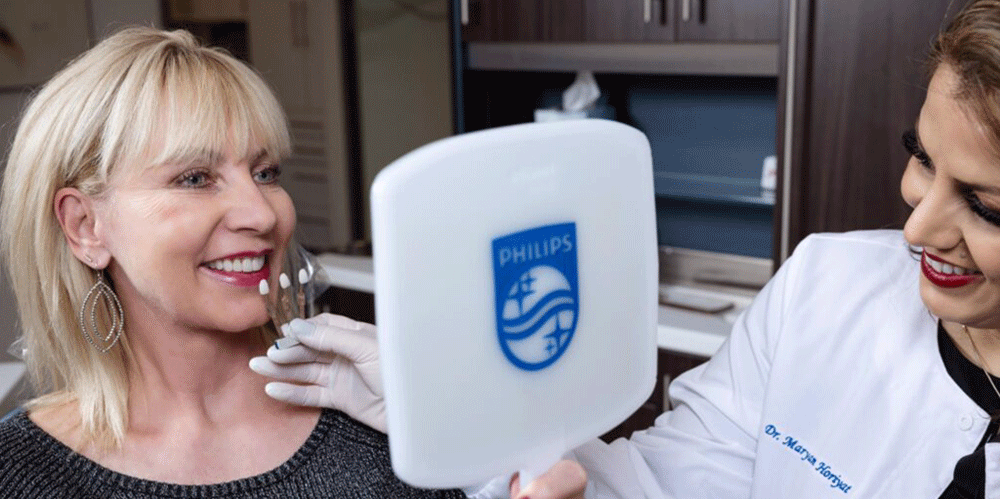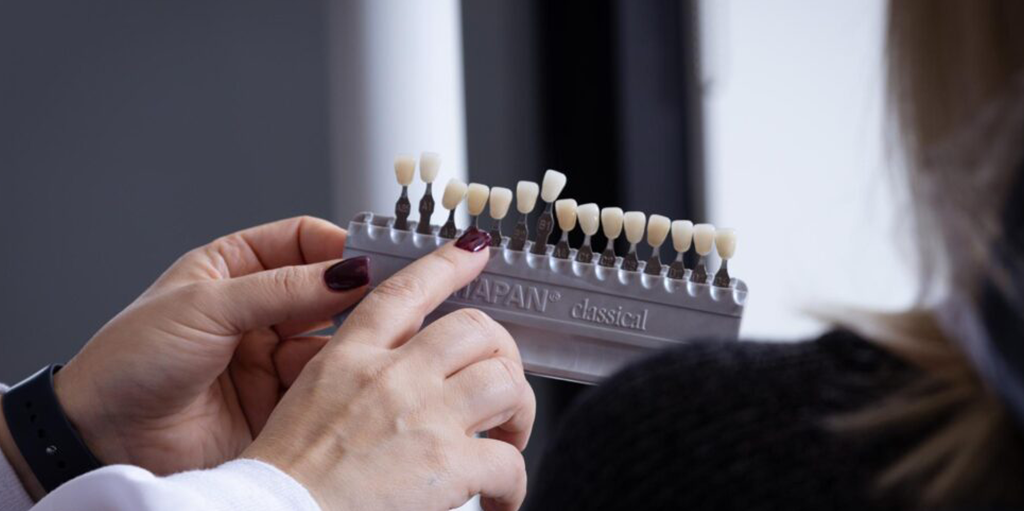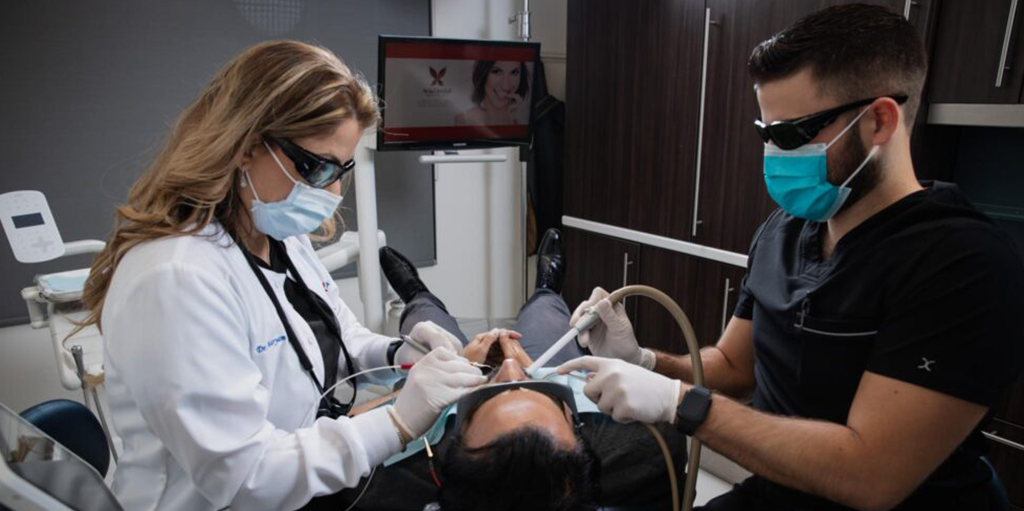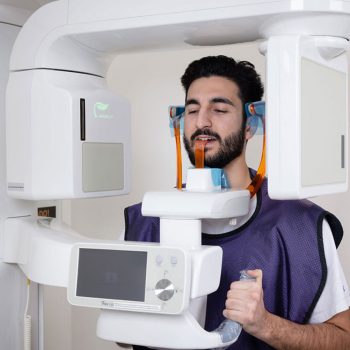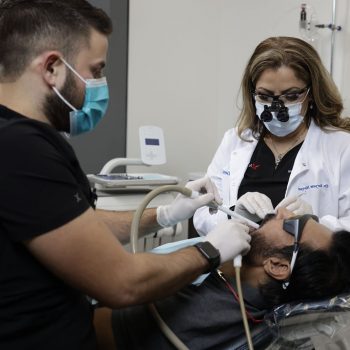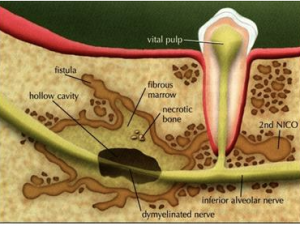Dental Cavitation & Jawbone Infection
Hidden Dental Infections Can Ruin Your Life.
A Biological & Reliable Solution to the Hidden Problem of Jawbone Cavitation
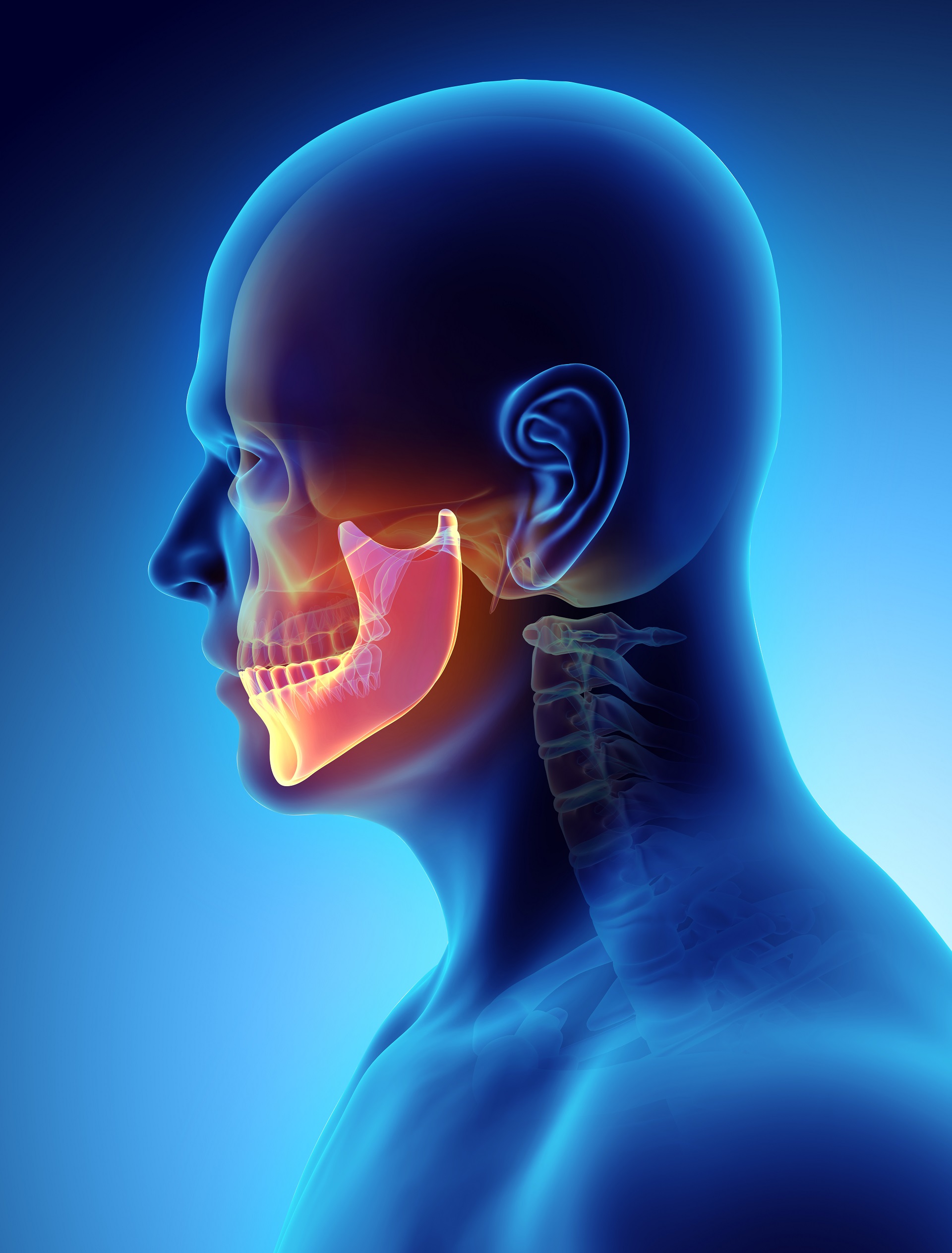
Not all dental problems are always obvious. Infection in the jaw can go on for years without causing any pain or discomfort in the jaw but it can have a real and immediate impact on your overall health and well-being.
Known as jawbone osteonecrosis, Jawbone infection (cavitation) is a chronic ischemic jawbone disease (CIBD). “Chronic” simply refers to ongoing; “ischemic “means a restricted blood supply. The lesion created by this disease is called cavitation.
Cavitation is unfamiliar to most patients, but for many, they are the root cause of chronic pain & illness that other doctors just can’t seem to figure out. If you’re experiencing soreness of the jaw, head, or neck, cavitation may be the cause, and Dr. Horiyat may help provide the relief you deserve.
Jawbone Cavitation: the Fundemental Cause of Medical Conditions
Research and clinical reports have linked cavitation to a wide array of inflammatory diseases and possibly “fundamental cause” of them such as:
- Autoimmune Conditions: ALS, Lupus, and MS
- Enigmatic Conditions: Fibromyalgia, Chronic Fatigue, and Multiple Chemical Sensitivity (MCS),
- General Feeling of Malaise: A Feeling of Overall Weakness, Discomfort, and Illness,
- Alzheimer Disease
- Parkinson Disease, and
- Cancer
Jawbone Cavitation, Symptoms, Diagnosis & Treatments
What Is Jawbone Infection (Cavitation)?
If you think that cavitation and cavity are the same thing, you are not alone. In truth, they are completely distinctive and happen not only in different areas, but also have different causes, symptoms, and presentations. A dental cavity refers to a hole in a tooth; dental cavitation refers to a hole in the jawbone. However, there is no such thing as an empty space inside the body. Something fills it. In the case of jawbone cavitation, it often fills with dead cells (osteonecrosis), remnants of the bone, marrow that previously occupied the space, infection, and/or left behind periodontal membrane during tooth extraction.
Cavitation is really a colloquial term for “ischemic bone disease” or “sites of alternate healing” which means either an active infection or abnormal tissue growth in the bone of the maxilla (upper jaw) or mandible (lower jaw). Dental cavitation is potentially dangerous because it creates a place for bacteria to collect and deteriorate the surrounding bone structure. These jaw infections can be acute such as osteomyelitis (inflammation of bone cortex and marrow) or chronic based on bacteria that arise due to necrotic and abnormal tissue in the jaw bones.
Hidden Danger of Jawbone Infection
The term cavitation has been used not only to describe lesions appearing as empty holes but also various types of lesions in the jawbone found through tissue analysis to be:
- Ischemic (Lacking in Oxygen)
- Necrotic (Dead)
- Osteomyelitic (Bone Infected)
- Toxins (Chemical, Bacterial, Root Canal Toxins
Reasons for Formation of a Cavitation?
Cavitation can form in any bone in the body, not just in the jaw bones. Bacteria and tissue death are the simple and short answers to why cavitation or IBD ischemic bone disease develops.
According to research by Hal Huggins and Thomas Levy, 85% of all extractions result in jawbone cavitation. However, cavitation also occurs as the result of a root canal.
There are many reasons for the formation of jawbone cavitation and the development of alternative healing sites:
Each tooth is attached to the jaw by a bit of tissue called “Periodontal Ligaments”. When the surrounding periodontal membranes or ligament is left behind during an extraction including wisdom tooth extraction, it could cause incomplete healing. Experts speculate that this incomplete healing occurs because the bone cells on the extraction site sense the presence of the periodontal membrane and give the biological messages to the surrounding jawbone that the tooth is still there, and no new bone growth is needed.
Healthy-looking new tissue may grow over the socket after extraction, but when blood flow is restricted, tissue below begin to die as the result of deprived oxygen and nutrient. Like any dying organic matter, the pathogens begin to accumulate which could damage the bone and surrounding tissues even more and ultimately form a “dead zone”. At Aria Dental, we use LPRF to stimulate blood flow and faster healing.
Toxins may come into play if a tooth (wisdom tooth included) is extracted due to dental disease. If the socket isn’t thoroughly disinfected and the bacteria is not properly neutralized or adequately flushed out after an oral surgery or extraction, the lingering bacteria and toxins may be trapped in the jaw and incubate for years, potentially releasing toxic infection residue into the blood and ultimately to the rest of the body. At Aria Dental, we offer Ozone/Oxygen therapy to disinfect the socket during dental extraction and promote blood circulation for healing.
Root canaled teeth no longer have an active blood supply; thus, they are referred to as “ischemic teeth” or necrotic teeth”. Depending on the strength of the immune system, people can develop more dangerous and hidden secondary infections underneath their root-canaled teeth; however, they don’t feel any pain or discomfort because a root-canaled tooth has no dynamic pain receptors. However, they could begin feeling pain when the infection in a root canaled tooth can spread out horizontally to the adjacent teeth, tissues, and bone and develop a massive abscess or when the infection moves vertically into the bone, causing cavitation or IBD (Ischemic Bone Disease).
Also known as a “traumatic bone cyst”. This type of lesion may look like a dead or empty space in the bone. In many cases, the cause is unknown, but bone trauma is suspected. Even though it could happen at any age, people underage twenty are most diagnosed with this type of cyst, and it is less susceptible to females than males.
The use of metallic restorations, steroids, and dental anesthetics containing epinephrine (a potent vasoconstrictor) could cause cavitation. As a top leading holistic and biological dentist, Dr. Maryam Horiyat is EXTREMELY selective about the anesthetic that she uses for all patients. By using shorter-acting anesthetics, Dr. Horiyat is able not only to avoid the formation of ischemia in patients but also to reverse and regenerate ischemic disease processes such as cavitation in the jaw.
Poor circulation, a clotting disorder, and traumatic injury are a few of the many potentials of bone cavitation in the jawbone.
What Health Conditions Cavitation Can Cause?
Jawbone cavitation acts as a breeding ground for not only harmful microorganisms such as bacteria, fungi, and yeast but also their toxins produced from their metabolic waste products (most likely from anaerobic bacteria). The investigation has revealed that cavitation is sometimes a reservoir of a huge amount of toxic mercury. Due to infection in the jawbone and toxic mercury, jawbone cavitation can create a wide range of negative effects both locally and throughout the entire body. Furthermore, it can negatively impact the blood flow in the area and cause blockage on the body’s energy meridian which can exert a far-reaching impact on the overall system.
Health conditions that have been associated with cavitation have many similarities to health conditions associated with root canals because both are very toxic. Some of these conditions are anemia, angina, appendicitis, arthritis, asthma, colitis, diabetes, eczema, epilepsy, gall bladder, heart disease, hypertension, thyroid disease, sinus infection, and many others.
Schedule Your Appointment Today For Better Oral & Overall Health!
Optimal Biological Treatments From Top Certified Holistic Dentist In California
Maryam Horiyat
DDS . AIAOMT . CIABDM
Stars from over Reviews




